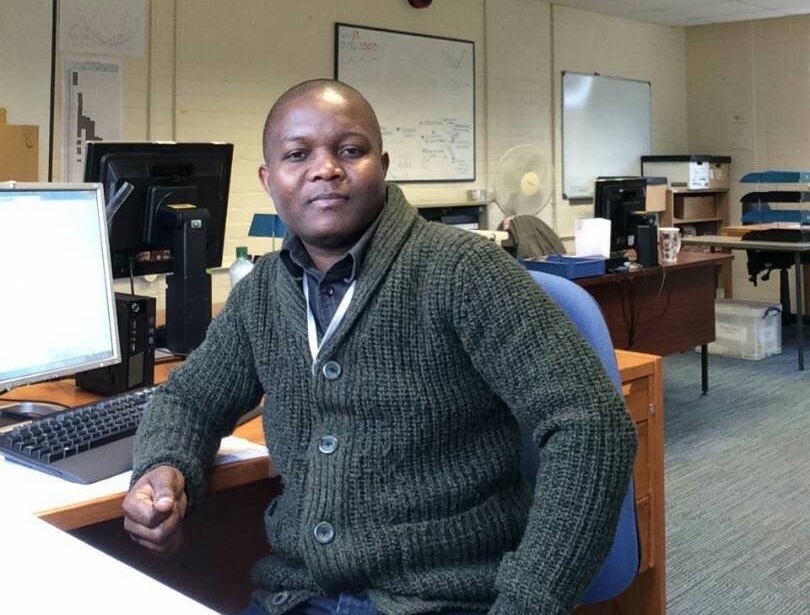Example of best practice on CORD #2 – using video
13/02/2019

The second in my series of favourite items on CORD is the video “When is CO most dangerous“. It’s under four minutes and summarises the initial findings on the production of CO as charcoal burns. I spoke to the creators, Antony Nyombi and Roland Wessling, to find out more…
The video was created for a event of the All-Party Parliamentary Group on carbon monoxide. Each scientific subgroup meeting ends with short presentations on recent work, generally the standard PowerPoint. This video was created to present these findings in a more engaging way and this was very successful in the meeting. Although it’s aimed at a technical audience, it is also understandable to non-chemists and the information is easier to digest in this format. As the focus was on awareness-raising campaigns, it was also a nice teaser for what might be possible (this video is too long for that purpose, but shows the possibilities). Roland added that videos are useful in teaching, too, as many students follow them more easily and they add more variety and engagement to lectures.
Was it hard to create, though? I was actually pleased to hear how easy this process was from start to finish. The video of the charcoal burning had been created during the research project anyway, so it was a short afternoon task in iMovie/Keynote to add the data and whip it into shape, and then minutes to upload it to CORD. Antony was pleased to have a platform like CORD for so easily sharing results – it’s especially useful for doctoral researchers to be able to publish preliminary outputs during their work. The figshare platform is fantastic for media, too, as users can watch the video straight in the browser, and the researchers can see the view and download stats there, too.
I’m looking forward to more people taking advantage of CORD to publish a variety of outputs. Maybe yours will be the next figshare cup winner in this series! (And if you missed it, read the first best practice item here.)
Georgina Parsons, your Research Data Manager and Figshare Cup Distributor
Photo of Antony Nyombi at work
Categories & Tags:
Leave a comment on this post:
You might also like…
Keren Tuv: My Cranfield experience studying Renewable Energy
Hello, my name is Keren, I am from London, UK, and I am studying Renewable Energy MSc. My journey to discovering Cranfield University began when I first decided to return to academia to pursue ...
3D Metal Manufacturing in space: A look into the future
David Rico Sierra, Research Fellow in Additive Manufacturing, was recently involved in an exciting project to manufacture parts using 3D printers in space. Here he reflects on his time working with Airbus in Toulouse… ...
A Legacy of Courage: From India to Britain, Three Generations Find Their Home
My story begins with my grandfather, who plucked up the courage to travel aboard at the age of 22 and start a new life in the UK. I don’t think he would have thought that ...
Cranfield to JLR: mastering mechatronics for a dream career
My name is Jerin Tom, and in 2023 I graduated from Cranfield with an MSc in Automotive Mechatronics. Originally from India, I've always been fascinated by the world of automobiles. Why Cranfield and the ...
Bringing the vision of advanced air mobility closer to reality
Experts at Cranfield University led by Professor Antonios Tsourdos, Head of the Autonomous and Cyber-Physical Systems Centre, are part of the Air Mobility Ecosystem Consortium (AMEC), which aims to demonstrate the commercial and operational ...
Using grey literature in your research: A short guide
As you research and write your thesis, you might come across, or be looking for, ‘grey literature’. This is quite simply material that is either unpublished, or published but not in a commercial form. Types ...






